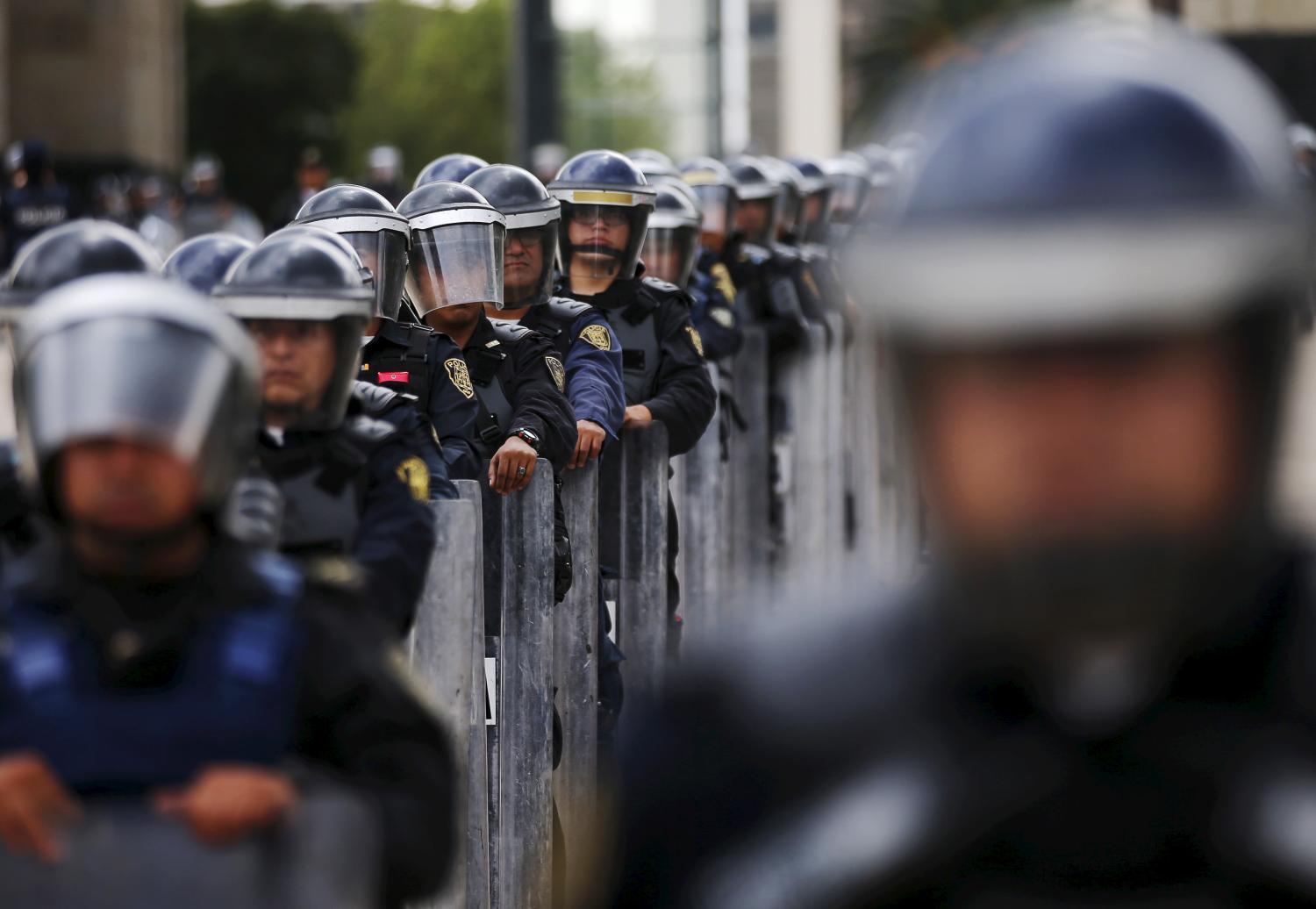Editor’s Note: The following chapter is part of the report, “After the Drug Wars,” published in February 2016 by the London School of Economics and Political Science’s Expert Group on the Economics of Drug Policy.
Even as the administration of Mexico’s President Enrique Peña Nieto has scored important reform successes in the economic sphere, its security and law enforcement policy toward organized crime remains incomplete and ill-defined. Despite the early commitments of his administration to focus on reducing drug violence, combating corruption, and redesigning counternarcotics policies, little significant progress has been achieved. Major human rights violations related to the drug violence, whether perpetrated by organized crime groups or military and police forces, persist – such as at Iguala, Guerrero, where 43 students were abducted by a cabal of local government officials, police forces and organized crime groups. This has also been seen in Tatlaya and Tanhuato, Michoacán, where military forces have likely been engaged in extrajudicial killings of tens of people. Meanwhile, although drug violence has abated in the north of the country, such as in Ciudad Juárez, Monterrey and Tijuana, government policies have played only a minor role. Much of the violence reduction is the result of the vulnerable and unsatisfactory narcopeace – the victory of the Sinaloa or Gulf Cartels.
The July 2015 spectacular escape of the leader of the Sinaloa Cartel and the world’s most notorious drug trafficker – Joaquín Guzmán Loera, known as El Chapo – from a Mexican high-security prison was a massive embarrassment for the Peña Nieto government. Yet it serves as another reminder of the deep structural deficiencies of Mexico’s law enforcement and rule-of law system which persists more than a decade after Mexico declared its war on the drug cartels.
The Peña Nieto administration often pointed to the February 2014 capture of El Chapo as the symbol of its effectiveness in fighting drug cartels and violent criminal groups in Mexico. The Peña Nieto administration’s highlighting of Chapo’s capture was both ironic and revealing: ironic, because the new government came into office criticizing the anti-crime policy of the previous administration of Felipe Calderón of killing or capturing top capos to decapitate their cartels; and revealing, because despite the limitations and outright counterproductive effects of this high-value-targeting policy and despite promises of a very different strategy, the Peña Nieto administration fell back into relying on the pre-existing approach. In fact, such high-value-targeting has been at the core of Pena Nieto’s anti-crime policy. Moreover, Chapo’s escape from Mexico’s most secure prison through a sophisticated tunnel (a method he had also pioneered for smuggling drugs and previously used for escapes) showed the laxity and perhaps complicity at the prison, and again spotlighted the continuing inadequate state of Mexico’s corrections system.
Read the full chapter here.
The Brookings Institution is committed to quality, independence, and impact.
We are supported by a diverse array of funders. In line with our values and policies, each Brookings publication represents the sole views of its author(s).




